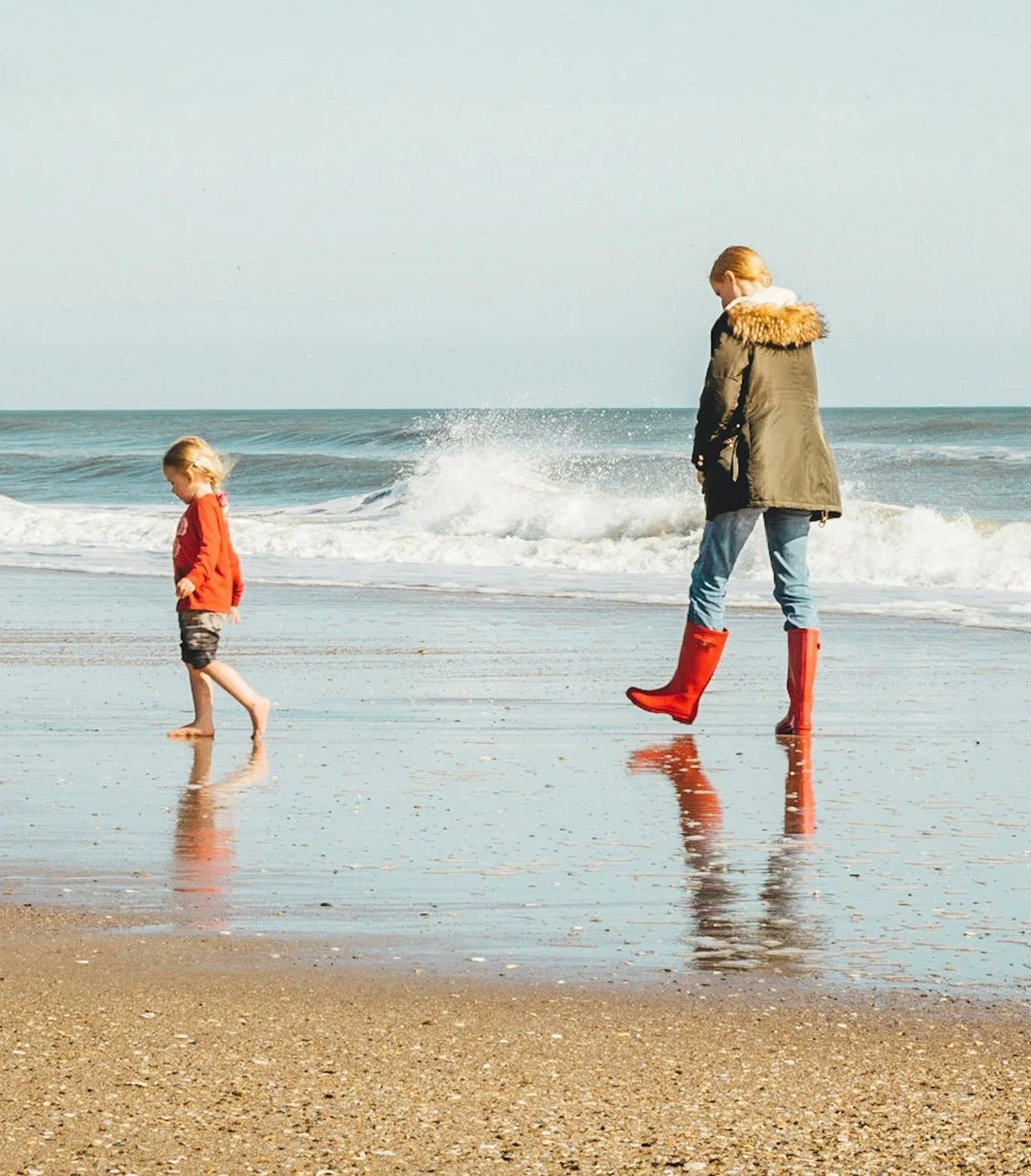Taking the slow road
Photo by Brian Gordillo on Unsplash
THE SNOW HAD slowly melted, the sun shone, and the yesteryear’s leaves were brown and crispy, ready to be dislodged from the soon-to-be green lawn. We incentivized the children and sent them off as small conquerors of leafy kingdoms. The first day went well. The second also could be considered a mild success. By the third, the young workers were climbing trees and playing in the storage shed.
Reluctantly, I dropped my gardening shovel and left my serene flowerbed. It was time to engage alongside the faltering rakers. I now led them in their raking duties because I knew they needed my example, encouragement, and direction. It’s a big yard to rid of leaves! The output increased; the kids fatigued. I too was eager to complete the task and move on to other urgent matters. Yet the lesson lingered beyond the last wheelbarrow load. The best way to teach a lesson is by getting up close.
I’ve thought about this in my recent experience with Sunday school. Midway through the past Sunday school term, I became the Sunday school coordinator. Occasionally on a Sunday morning, as I descended the basement stairs, a pesky doubt would lurk in my mind. What if the volunteers didn’t show up that day? A shabby lack of trust on my part, but a splendid example of faithfulness by my fellow brothers and sisters. Each week, I saw classroom doors open with smiling volunteers, ready to welcome the children. It was a delight to witness adults who understood the importance of discipling the youngsters. “One generation commends your works to another; they tell of your mighty acts” (Psalm 145:4).
Each week, I saw classroom doors open with smiling volunteers, ready to welcome the children. It was a delight to witness adults who understood the importance of discipling the youngsters. “One generation commends your works to another; they tell of your mighty acts” (Psalm 145:4).
The passing on of our faith is an intentional (and often, self-denying) action. The talking of our faith as we go along the road (Deuteronomy 6:7) means we need to be on the same road! I need to be willing to slow my steps and my many, busy thoughts to walk alongside the weaker, slower pilgrims. Apostle John said he had no greater joy than his children walking in the truth (3 John 4). It’s a sweet sentiment, but the reality is often messier.
Paul refers to labouring in the pains of childbirth “until Christ is formed in you” (Galatians 4:19). The sweat, tears, and sacrifices of instructing children in the ways of the Lord reach beyond the individual homes to the entire church community. The cups of water delivered to the children are rewarded by the Saviour, how much more the living water announced by ready feet of Sunday school teachers and Christian mentors?
And we are not left to our own devices. The Lord’s word never returns void (Isaiah 55:11), and “breaks a rock in pieces” (Jeremiah 23:29). The Spirit breathes life on dead bones. The Son walked the road to Calvary for our redemption into his family. The hard work of discipling our spiritual children is known by our Father. And in a wonderfully mysterious way, these children who come to know the Lord become alongside us “a dwelling in which God lives by his Spirit … until we all reach unity in the faith and in the knowledge of the Son of God and become mature, attaining to the whole measure of the fullness of Christ” (Ephesians 2:22; 4:13).

